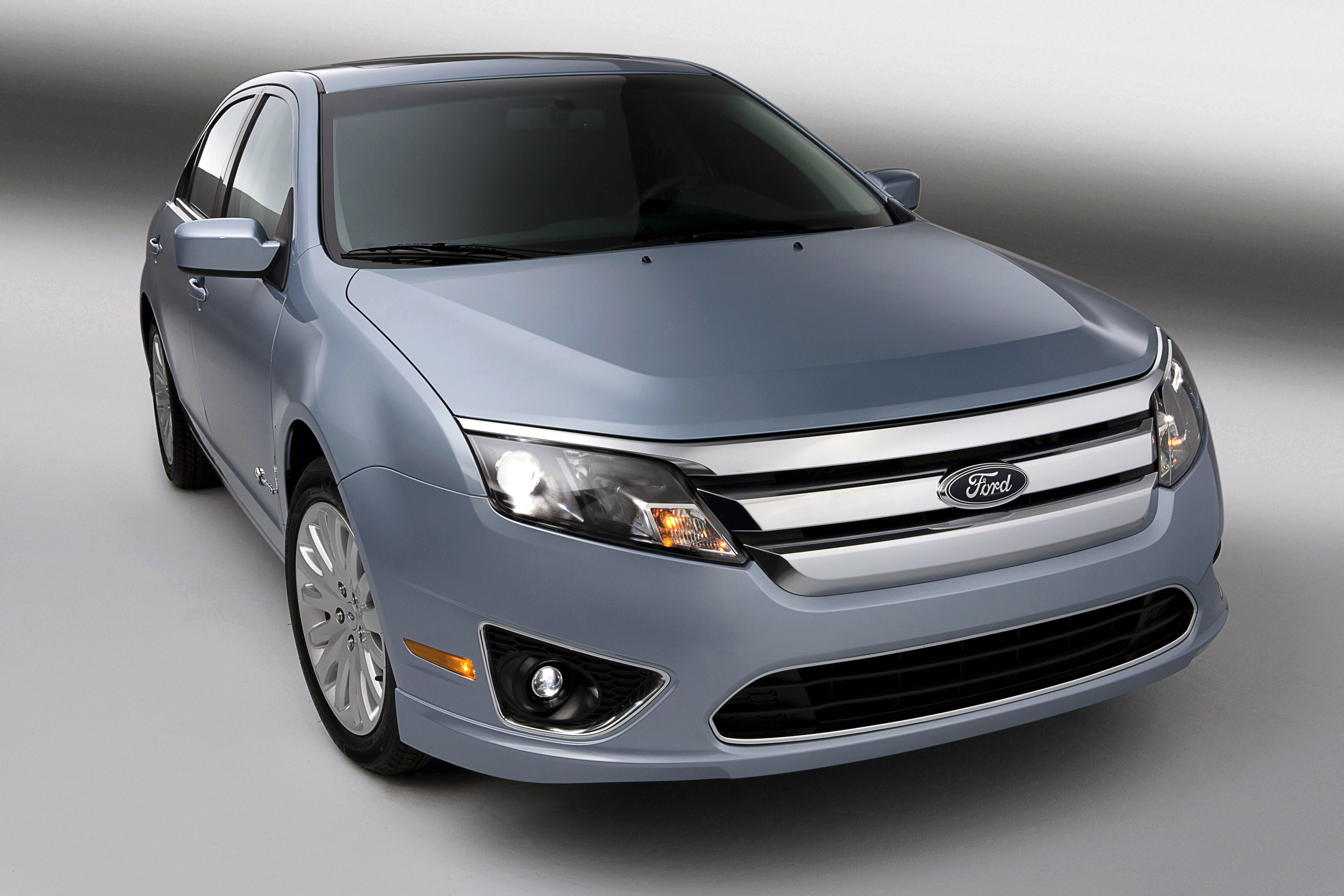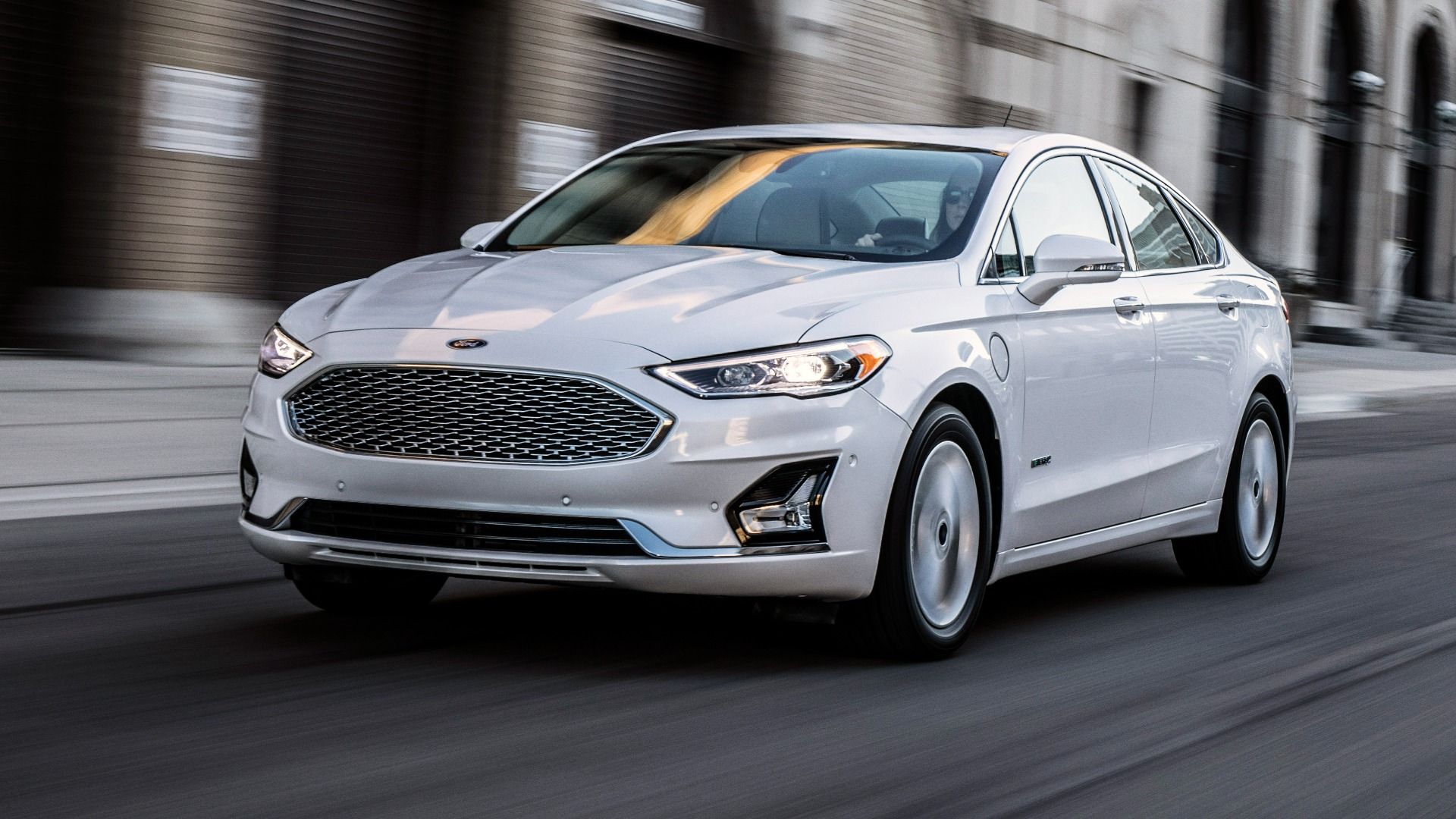Is A Ford Fusion A Compact Car

The Ford Fusion, a familiar sight on American roads for over a decade, often sparks debate: Is it a compact car or something more? Its size and features place it in a grey area, leading to confusion for consumers and industry analysts alike.
This article examines the classification of the Ford Fusion, delving into official definitions and industry standards to determine its proper categorization. Understanding a vehicle's class is crucial for consumers considering purchasing, insuring, or even parking it. This clarification affects not only individual owners but also impacts broader market trends and automotive industry analyses.
Defining Vehicle Classes
Vehicle classification isn't as simple as "big" and "small." Several organizations provide standards, most notably the Environmental Protection Agency (EPA). They determine vehicle classes based on interior passenger and cargo volume.
The EPA categorizes vehicles to estimate fuel economy and emissions. Other organizations, like insurance companies and market research firms, also use these classifications.
The EPA Standard
The EPA's classification system is based on combined passenger and cargo volume. A compact car, according to this standard, has an interior volume of between 100 and 109 cubic feet.
Cars with less volume are subcompact, while those exceeding 109 cubic feet are mid-size.
The Ford Fusion's Dimensions
Looking at the specifications of the Ford Fusion, its interior volume generally exceeds the EPA's threshold for a compact car. Data from Ford Motor Company and independent automotive reviews indicate that the Fusion's interior volume typically ranges from 118 to 120 cubic feet, depending on the model year and trim level.
This places the Fusion firmly in the mid-size category according to the EPA's definition. Other characteristics, such as overall length and wheelbase, also align more closely with mid-size sedans than compact models.
Industry Perceptions and Market Positioning
While the EPA's definition is a key benchmark, market perception also plays a role. Some consumers might perceive the Fusion as smaller than other mid-size sedans like the Toyota Camry or Honda Accord.
This perception may stem from the Fusion's relatively sleek design and focus on fuel efficiency, which are features often associated with compact cars. However, this doesn't change its objective classification based on interior volume.
The Impact of Classification
Understanding the Fusion's classification has several implications. Insurance premiums are often determined by vehicle size and class.
Mid-size cars may have different insurance rates compared to compact cars. Furthermore, resale values can be influenced by a vehicle's perceived and actual classification, affecting how it's compared to competitor vehicles.
The Consumer Perspective
"I always thought of my Fusion as a smaller car, easier to park and more fuel-efficient," says Maria Rodriguez, a Ford Fusion owner for five years. "It's interesting to hear that it's actually considered mid-size. I guess it just felt smaller compared to some of the SUVs on the road."
This sentiment highlights the potential disconnect between consumers' perceptions and official classifications. It also underscores the importance of manufacturers clearly communicating vehicle dimensions and specifications.
The Future of Vehicle Classification
As the automotive industry evolves with electric vehicles (EVs) and hybrid models, vehicle classification may become even more complex. Battery packs and electric motors can affect interior space and overall dimensions.
The EPA and other organizations may need to adapt their classification systems to account for these changes. The discontinuation of the Ford Fusion in 2020 signifies a shift towards SUVs and trucks in the American market.
This further blurs the lines between traditional vehicle classes. Ford Motor Company has shifted its focus on SUVs and trucks.
Conclusion
Despite potential consumer perceptions and market positioning, the Ford Fusion is generally classified as a mid-size car based on the EPA's interior volume standards and other industry metrics. While some might perceive it as a larger compact or smaller mid-size, its dimensions consistently place it in the latter category. Understanding this classification is important for consumers making informed decisions about purchasing, insuring, and maintaining their vehicles.


















